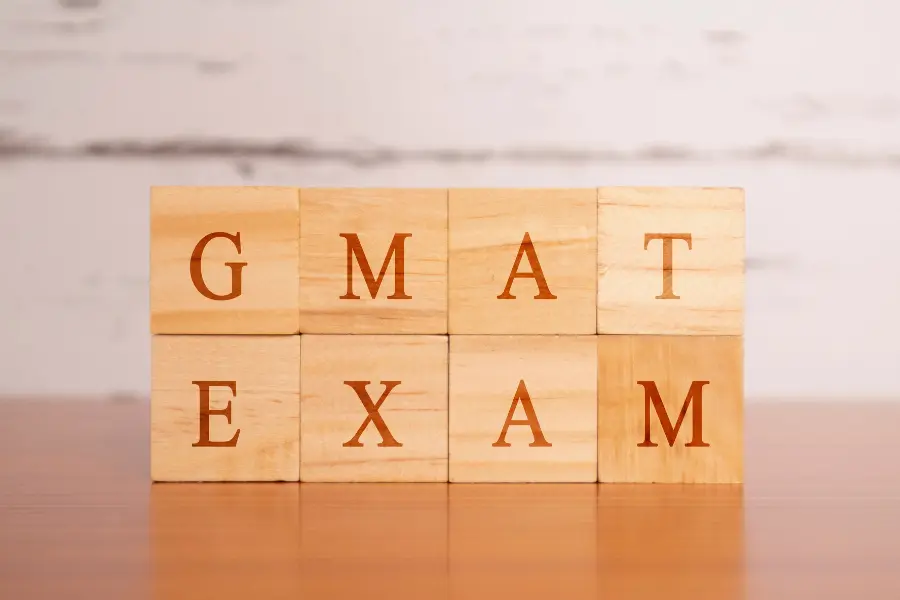The graduate management admission test in the short term is GMAT. Admission to graduate management and business programs is taken by conducting GMAT around the world. The test taker’s abilities in spoken skills, analytical writing, and mathematics evaluate by this test. The graduate management admission council owned and managed this test. These tests select talented students with essential skills for admission to the MBA program.
Purpose of GMAT
The admission faculty of business schools chiefly used this test to determine applicants’ abilities in business-related topics. The faculty also measures the applicant’s skills and knowledge for evaluation about their admission to the business school graduate program. The latest business skills like data organizing, evaluating information from various sources, and judgments made based on data assesses by the GMAT test dates.
How to Conduct GMAT
The GMAT test is conducted in two ways.
- Online GMAT
- Test centers GMAT
The online GMAT test is a distant supervised form of test.
Applicants from the comfort of their homes attend the GMAT online test. The students have choices for conducting tests either online or in test centers. But online tests provide more options and suppleness to candidates so they can give their best on test day.
Syllabus for GMAT
GMAT is a computer adaptive test taken by the graduate management admission council all around the world. The test writers do not announce any syllabus to students for test preparation. Students do not get any syllabus from test writers for preparation. The test consist of four sections such as quantitative, verbal, integrated reasoning( IR), and analytical writing assessment.
- Syllabus for the quantitative section
The syllabus for the quantitative section includes arithmetic, algebra, and geometry.
- Arithmetic includes various topic such as Number Systems & Number Theory, multiples and factors, fractions, decimals, percentages, averages, powers and roots, profit and loss, simple and compound interest, speed, time and distance, Speed, Time & distance, Pipes, Cisterns & Work Time, Ratios and Proportions, Mixtures &Allegations, Descriptive statistics, Sets, and Probability.
- Algebra includes different topics such as Permutation & Combination, Monomials, polynomials, Algebraic expressions and equations, Functions, Exponents, Arithmetic & Geometric Progression, Quadratic Equations, equalities, and basic statistics.
- Geometry includes Lines and angles, circles, triangles, coordinate geometry, rectangular solids and cylinders, and quadrilaterals.
- Syllabus for verbal section
The verbal section includes various topics such as Subject-verb agreement, Verb tense, Pronouns, Parallelism/Comparison, Idioms, and Misplaced Modifiers for test preparation.
- Syllabus for integrated reasoning
Integrated Reasoning (IR) includes practice in table analysis, graphic interpretation, multi-source reasoning, and two-part analysis.
- Analytical Writing Assessment (AWA) candidates must keep the focus on analytical writing while Scrutinizing the given argument, Identifying the theme behind an argument and enlist the views accordingly, presented the answer by drawing a structured way, the different point of view captivate into account, facts and proper examples used for pillaring the answers and Lastly, it required use of good grammar.



